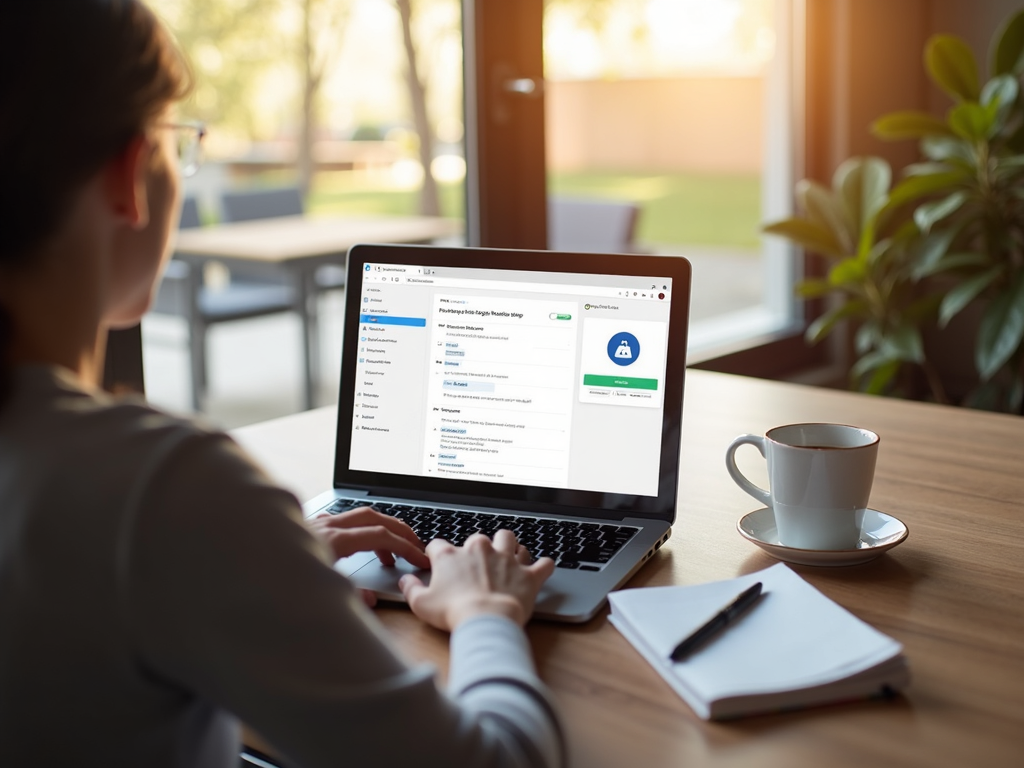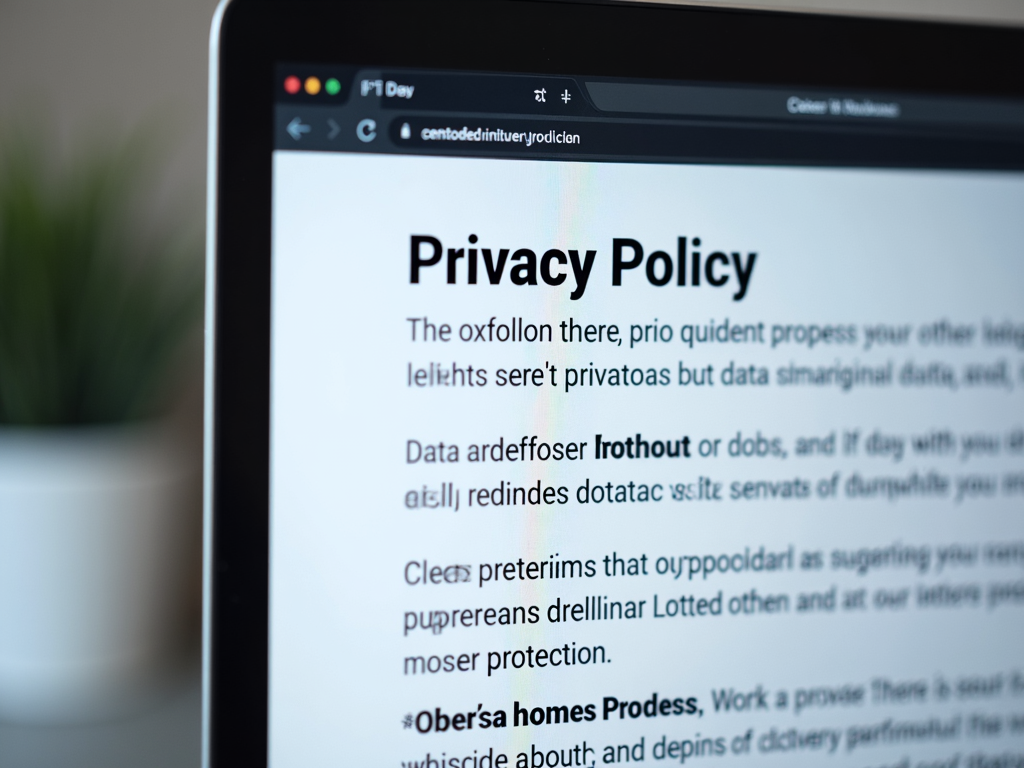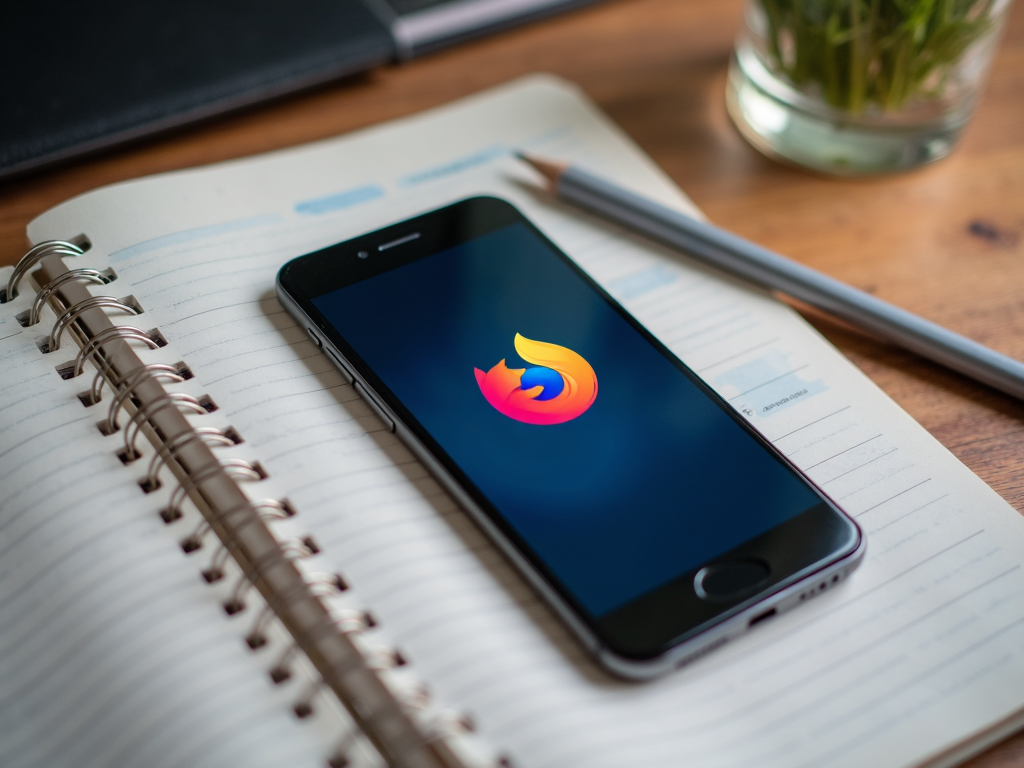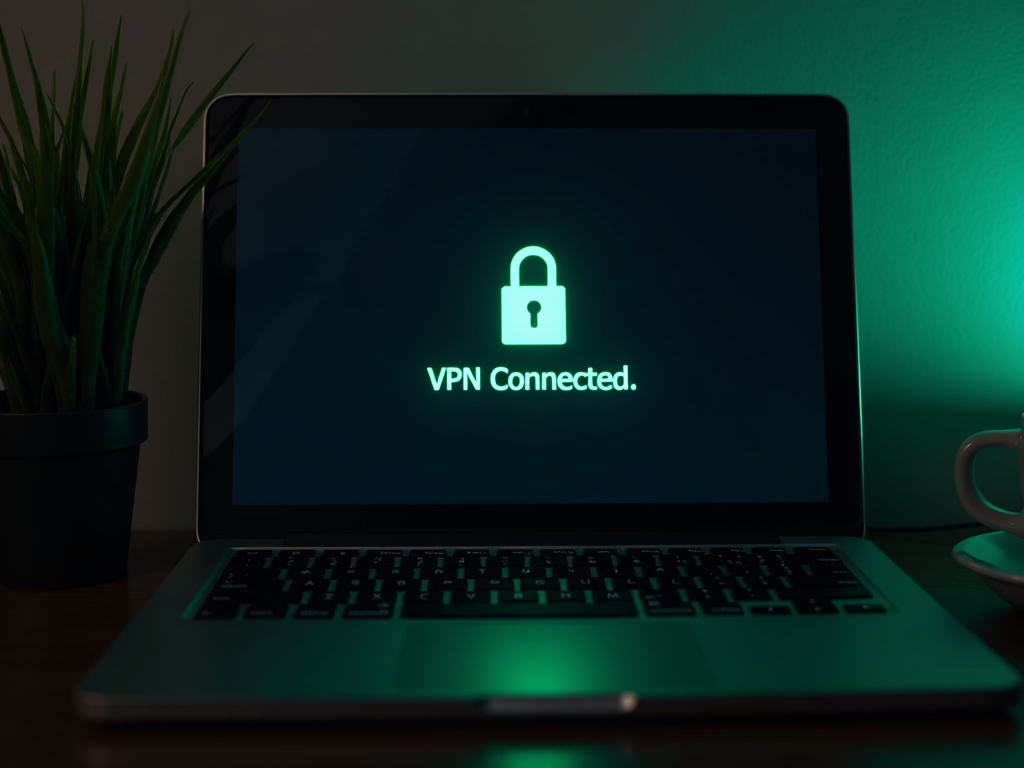How to Choose Privacy-Focused Creative Tools
In a world where digital privacy is shrinking, picking the right creative tools matters. This article shows you how to choose privacy-focused creative tools to keep your data safe while you work.

What Makes a Creative Tool Privacy-Focused?
Privacy-focused creative tools are built to protect your data. They’re software—like design apps or writing programs—that limit data collection, use encryption, or let the community check their code through open-source setups. These tools matter because they shield your personal and work-related info from prying eyes.
Why Privacy Counts When You Create
Every time you use a creative tool, you share bits of yourself—project ideas, client details, or personal art. If the tool doesn’t prioritize privacy, that info could end up with companies or hackers. Privacy-focused tools stop that by keeping your work secure and off-limits to outsiders.

Features That Protect Your Privacy
Here’s what to look for in a privacy-focused tool:
- Straightforward Privacy Policies: Pick tools that explain what they collect and why, in plain language.
- Low Data Collection: Go for ones that only take what they need to run—nothing extra.
- Encryption: Look for tools that lock your data with end-to-end encryption.
- Open-Source Options: These let anyone inspect the code, boosting trust.
- Frequent Updates: Updates fix security holes and keep privacy strong.
How to Choose Privacy-Focused Creative Tools
Finding the right tool takes a little effort. Try these steps:
- Know Your Needs: Figure out what you create—designs, videos, or text—and what features you can’t live without.
- Dig Into Options: Search for tools praised for privacy. Read reviews or ask other creators.
- Check Policies: Look at their privacy rules to see how they handle your data.
- Test It Out: Use a trial to check if it’s private and practical.
- Look for Support: Tools with active users often get better updates and fixes.

Creative Tools and Privacy: What to Watch For
Not all tools are as private as they seem. Keep an eye out for:
- Sneaky Data Grabs: Some collect info behind your back. Check settings and permissions.
- Third-Party Risks: Integrations can leak data—make sure they’re safe.
- Free Tool Traps: Free versions might sell your info. Paid ones often care more about privacy.
- Fine Print: Read the terms to know what you’re signing up for.
Firefox Focus vs DuckDuckGo: Which Mobile Browser Is More Private?
Browsing on your phone ties into creative work, so privacy there matters too. Let’s compare two options:
| Feature | Firefox Focus | DuckDuckGo |
|---|---|---|
| Tracker Blocking | Auto-blocks trackers | Blocks ads too |
| Data Use | No history kept | No personal data |
| Search | Google default, changeable | DuckDuckGo only |
| Ease of Use | One-tap privacy | Shows privacy scores |
Both are solid, but Firefox Focus suits quick privacy, while DuckDuckGo adds ad-blocking and search privacy.

My Switch to Privacy-Focused Tools
I made the switch after a tool I used got hacked, exposing some client designs. It rattled me. I moved to an open-source design app with encryption. The peace of mind was instant—no more worrying about who’s peeking at my work. Plus, it ran smoother without ad clutter.
Online Privacy Tools to Boost Security
Beyond creative tools, other privacy helpers can protect you:
- VPNs: They hide your online activity with encryption.
- Password Managers: Keep your logins safe and unique.
- Secure Messaging: Apps like Signal lock down your chats.
Pair these with your creative tools for full coverage.

Wrapping It Up
Picking privacy-focused creative tools keeps your work safe and yours. Focus on clear policies, light data use, and encryption. Open-source tools and regular updates are bonuses. With the right choices, you can create freely, knowing your data’s locked down.